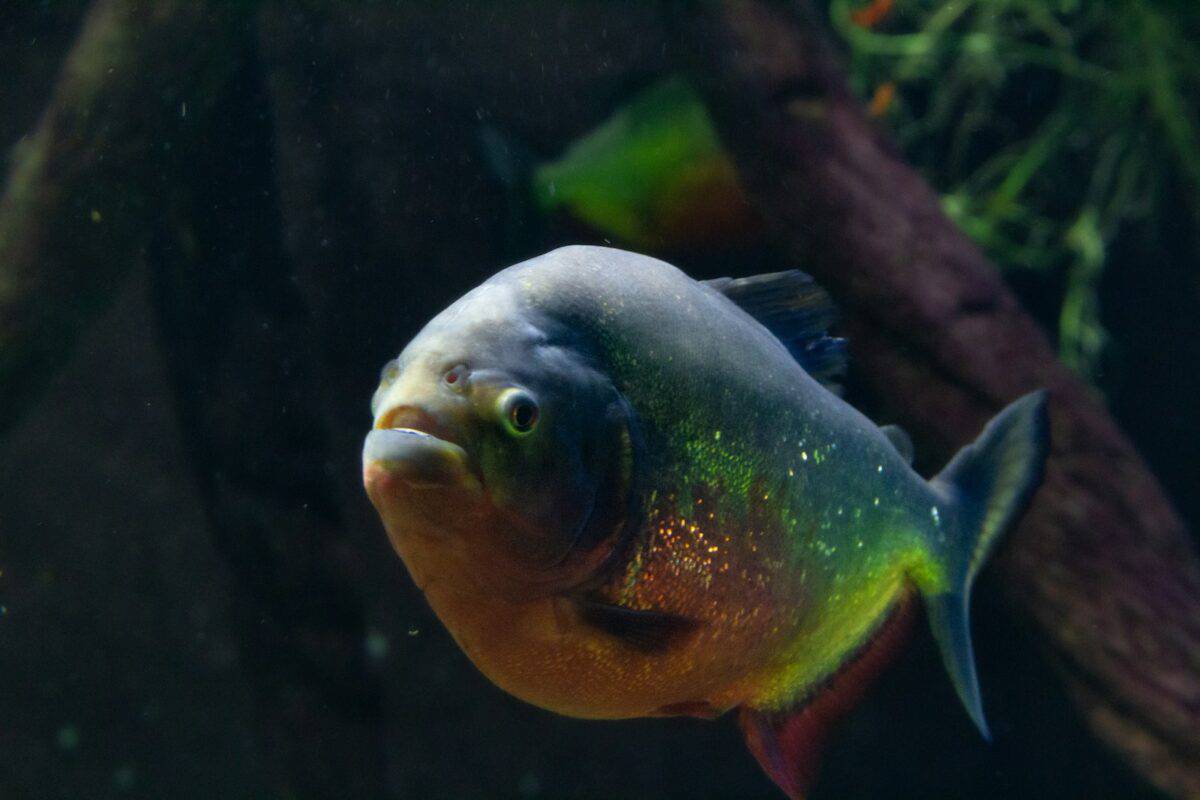Piranhas have a fearsome reputation, largely amplified by movies and popular culture. But how much of what we see on screen reflects reality? This article demystifies the true nature of piranhas, examining whether they deserve their notorious status. By exploring their characteristics, behavior, and real-world interactions with humans, we aim to separate fact from fiction.
Origins of the Piranha Myth
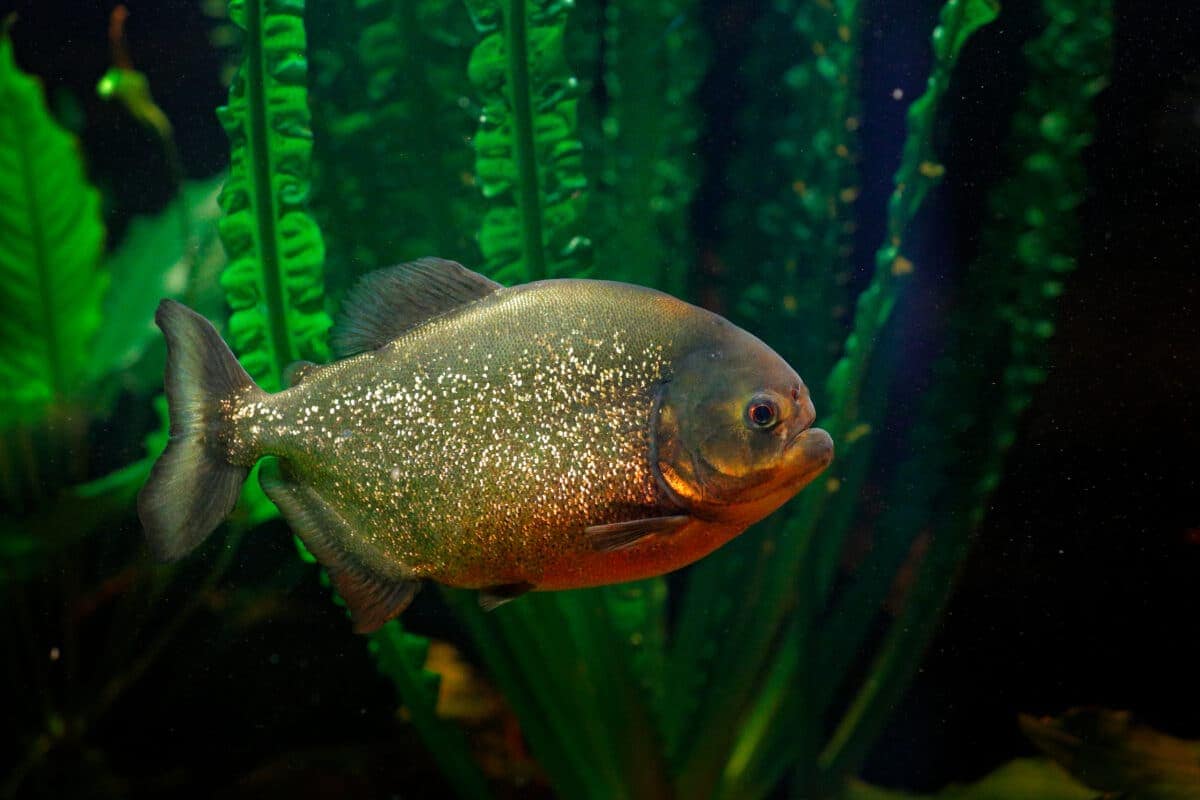
Hollywood has long portrayed piranhas as ferocious killers, capable of stripping a large animal to the bone in minutes. This image stems from early 20th-century explorers’ tales and was cemented by cinematic portrayals of deadly swarms. These narratives often overlooked crucial aspects of piranha behavior, contributing to their fearsome image.
The Natural Habitat of Piranhas

Piranhas are native to the freshwater rivers and lakes of South America, particularly the Amazon Basin. Their environment is rich in biodiversity, and piranhas play a crucial role in maintaining ecological balance. Understanding their habitat helps explain their behavior and dietary habits, which are far less sinister than often depicted.
External Characteristics of Piranhas

Piranhas are relatively small, typically ranging between 6 to 10 inches in length. They are known for their sharp, serrated teeth and powerful jaws—tools designed for their omnivorous diet, not solely for carnage. Their appearance has undoubtedly contributed to their fierce reputation.
The Dietary Preferences of Piranhas
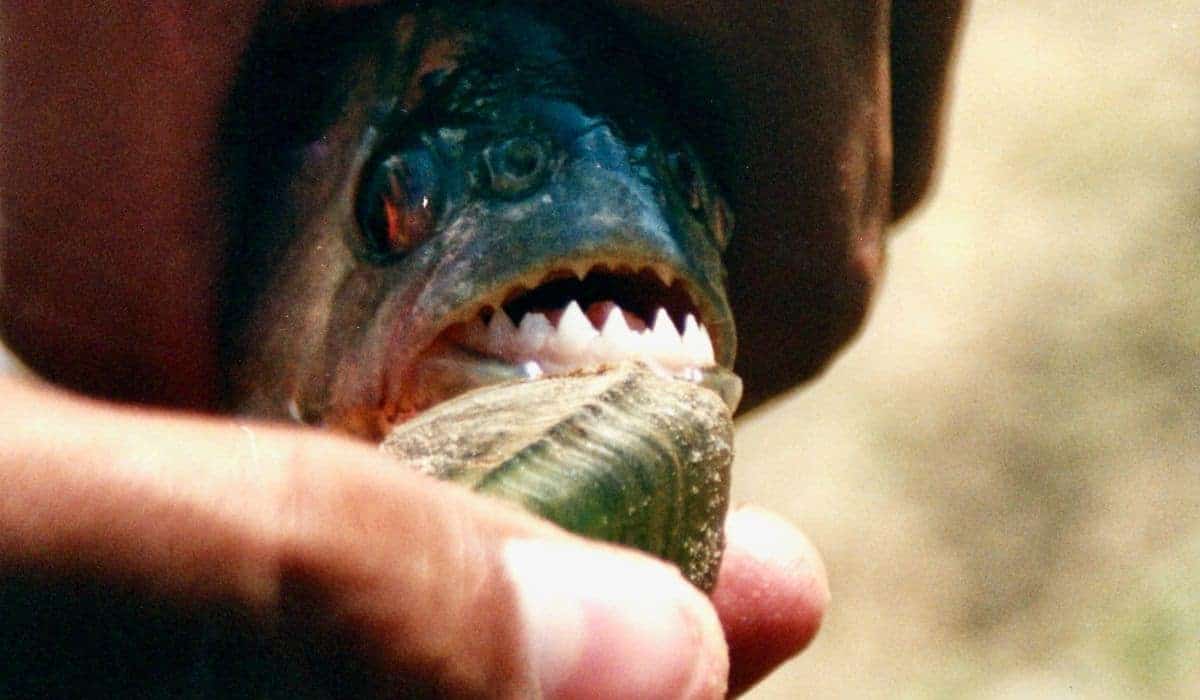
While piranhas are indeed equipped with sharp teeth, their diet is far from the horror movie stereotype. They are opportunistic feeders, consuming plants, insects, and smaller fish. Some species even primarily feed on fruit that falls into the water, debunking the myth of an exclusively carnivorous appetite.
The Truth About Piranha Attacks on Humans

Incidents of piranhas attacking humans are exceedingly rare. Most attacks occur when food is scarce or the fish feel threatened. Even then, these attacks are typically non-fatal, resulting in minor injuries. The reality is that piranhas are much more afraid of humans than vice versa.
The Social Behavior of Piranhas

Contrary to their portrayal as mindless killers, piranhas exhibit complex social behaviors. They often swim in schools, not primarily for coordinated attacks but for protection against predators. This communal behavior is a survival strategy in their diverse and predator-filled environment.
Piranhas in the Ecosystem
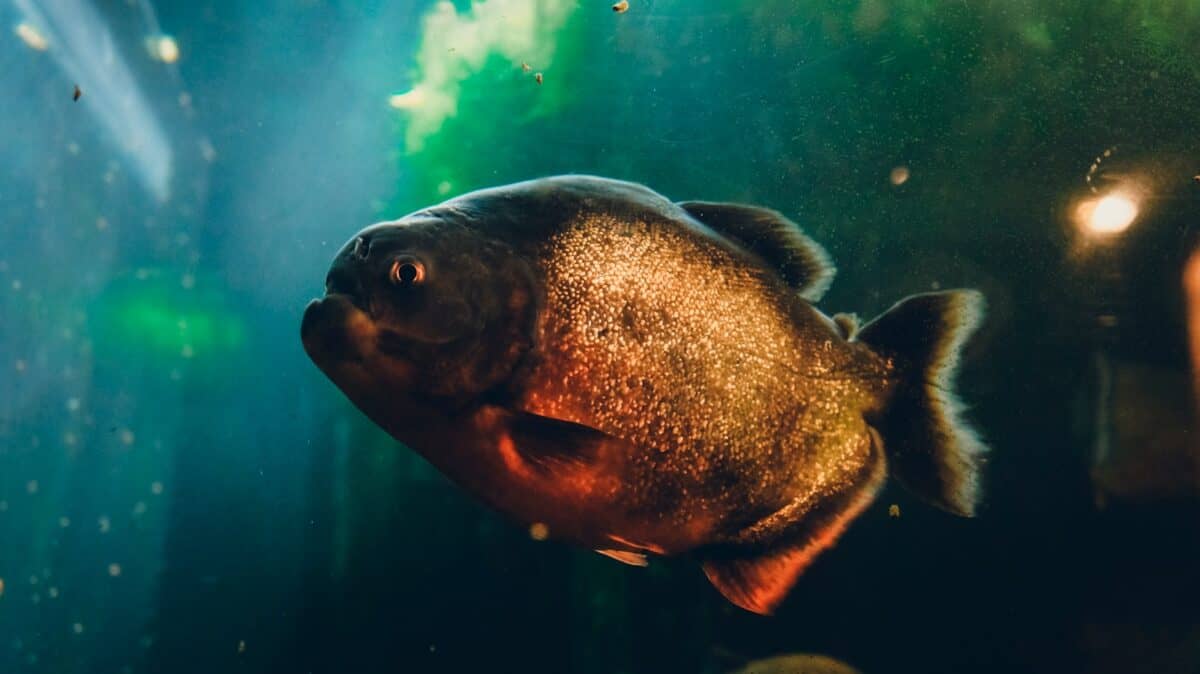
Piranhas play a vital role in their ecosystem, particularly in controlling the population of other species and recycling nutrients. By preying on weak, sick, or dead animals, piranhas help maintain the health of fisheries. Their ecological contributions provide balance in their natural habitats.
Common Misconceptions About Piranhas

Many misconceptions about piranhas stem from fear and sensationalism. For instance, they are often incorrectly thought to attack in perfectly synchronized groups to strip animals to the bone instantly. In reality, they exhibit more restraint and diversity in their hunting and feeding behaviors.
What Triggers Aggressive Piranha Behavior?
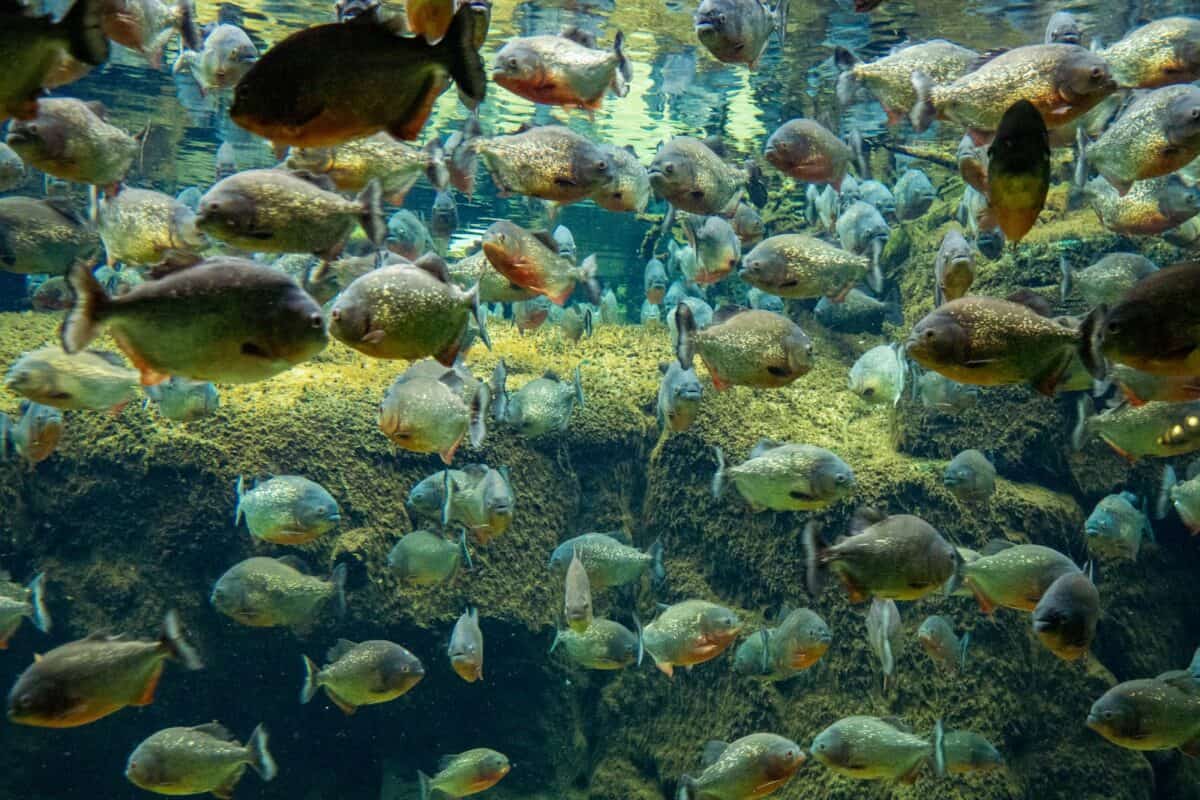
Piranhas may exhibit aggressive behavior during periods of food scarcity or to protect their young and territory. Such behavior is not mindless aggression but a strategy for survival. Understanding these triggers helps mitigate unnecessary fear and respect their natural behavior.
Scientific Research on Piranha Biology
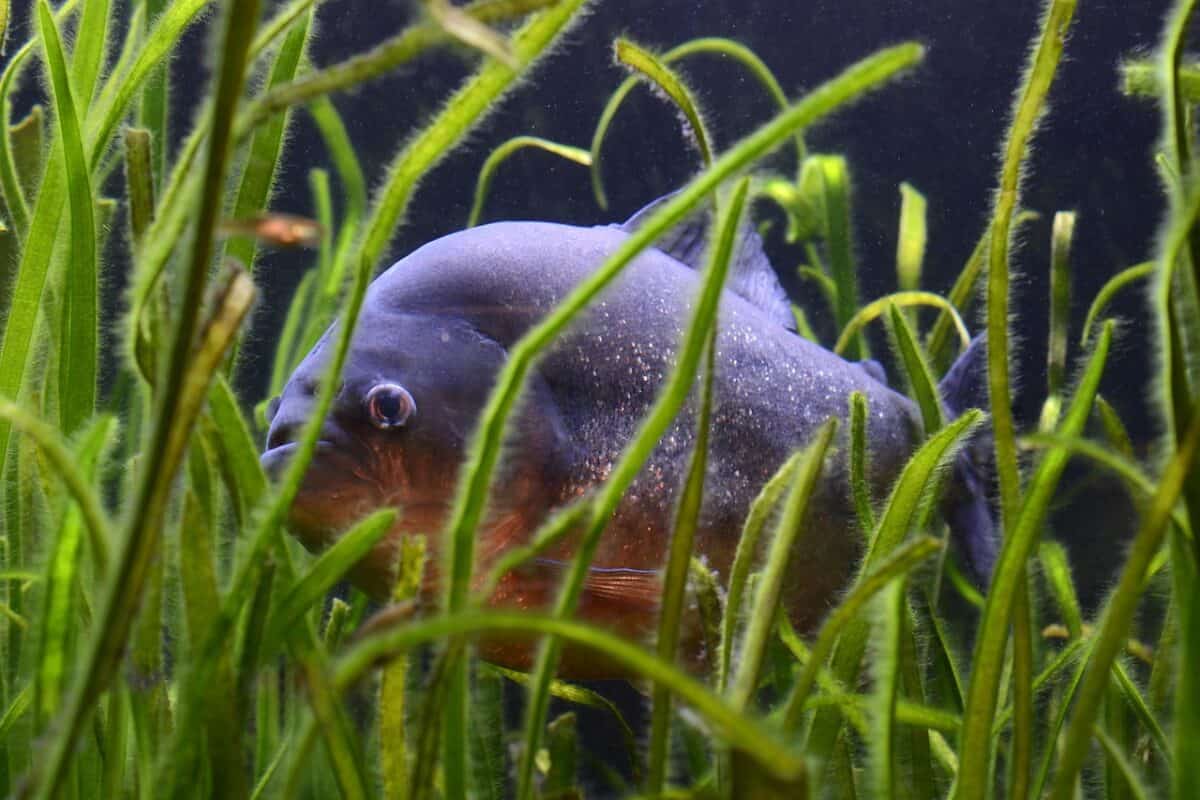
Research underscores that piranhas have evolved traits well-suited for their environment. Studies have revealed fascinating aspects of piranha communication and hierarchy within their schools, challenging the simplistic predator narrative often portrayed.
The Role of Piranhas in Popular Culture

From films to folk tales, piranhas have fascinated humans for decades. They serve as symbols of fear and mystery in many cultural contexts. While this adds to their mystique, it often distorts their true nature, necessitating a more informed perspective.
Piranhas in the Pet Trade
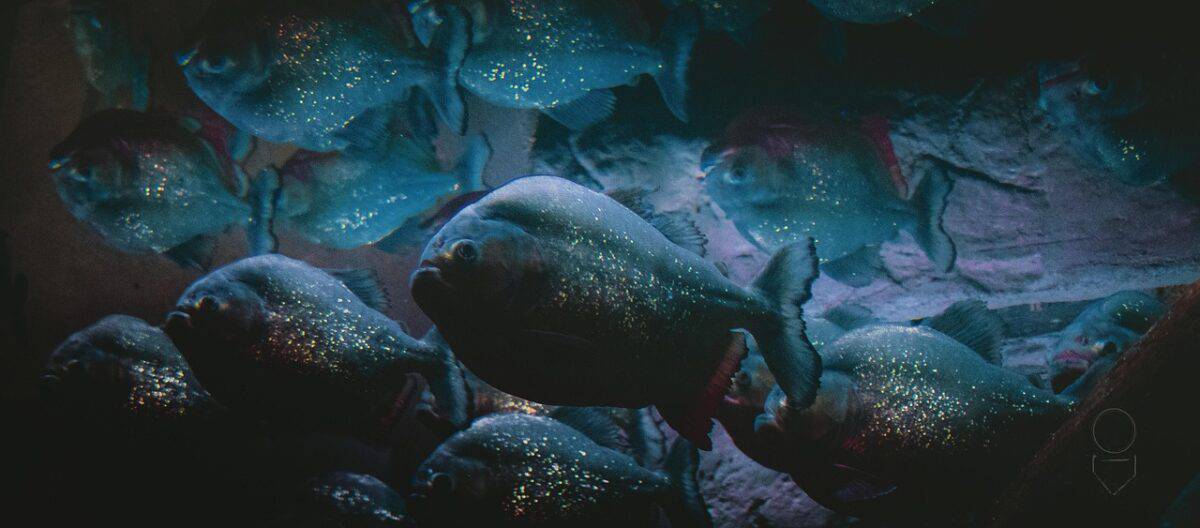
Piranhas are occasionally kept as exotic pets, raising questions about their suitability for captivity. Prospective owners must consider their specific care needs and the ethical implications of keeping such a species outside its natural environment.
Separating Myth from Reality
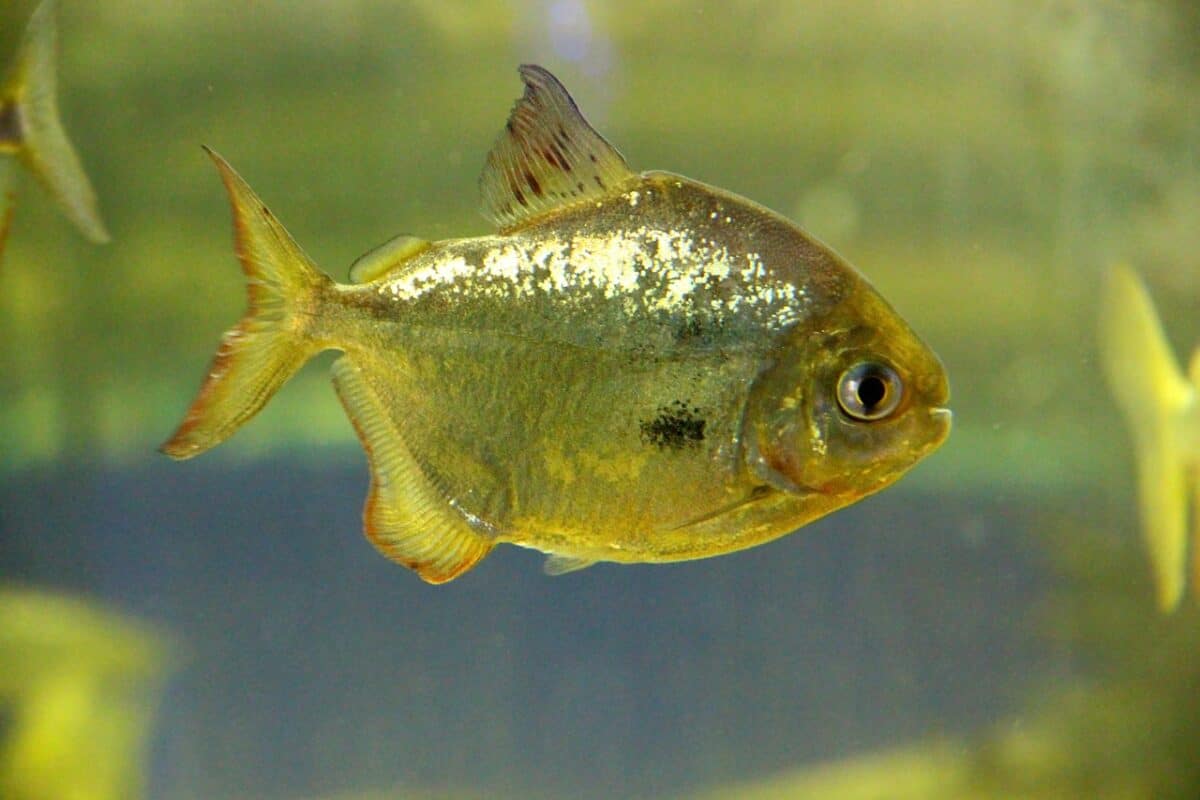
While piranhas possess characteristics that could incite fear, the predominant narrative of them as indiscriminate killers is largely exaggerated. They are fascinating creatures with a role in their ecosystems and behaviors rooted in survival. By understanding the true nature of piranhas, we can appreciate them beyond the myths, acknowledging their importance in biodiversity and debunking unwarranted fears.
- Are Piranhas as Dangerous as Hollywood Makes Them Seem? - August 12, 2025
- The Largest Kodiak Bear Ever Seen in the US - August 12, 2025
- The Most Terrifying Tsunamis That Changed the World - August 12, 2025

